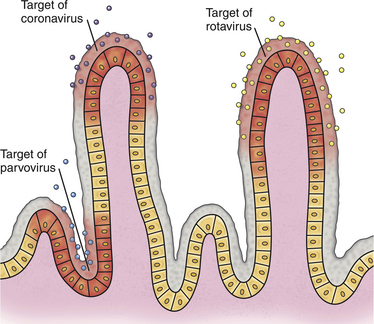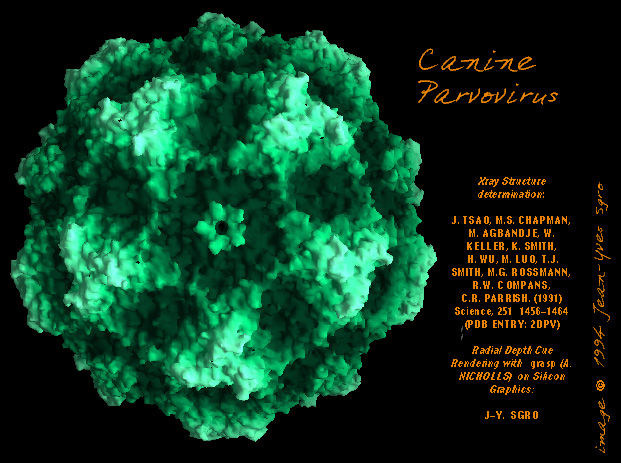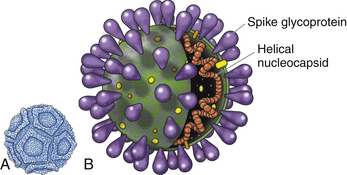-
Gallery of Images:

-
Canine parvovirus (CPV) emerged as a new pathogen of dogs in the 1970s. Today, it is the most common viral disease of dogs. There are two canine parvoviruses: canine parvovirus1 (minute virus of canines) and canine parvovirus2, the primary cause of puppy enteritis, morbidity and mortality. Canine parvovirus (CPV) is a highly contagious and relatively common cause of acute, infectious GI illness in young dogs. Although its exact origin is unknown, it is believed to have arisen from feline panleukopenia virus or a related parvovirus of nondomestic animals. Cats and canines crammed into cages ahead of Yulin meat festival Canine parvovirus (CPV) is a highly contagious viral disease of dogs that commonly causes acute gastrointestinal illness in puppies. The disease most often strikes in pups between six and 20 weeks old, but older animals are sometimes also affected. Canine Parvovirus: A New Pathogen Cherelyn Vella, S. Canine parvovirus (CPV), a new virus of the Canidae first appeared during the 1970s, but disease caused by this virus was not reported until 1978. Canine parvovirus (CPV), a new virus of the Canidae first appeared during the 1970s, but disease caused by this virus was not reported until 1978. Then within a few months the virus crossed national and continental boundaries causing high fatality in domestic dog populations. Canine parvovirus (CPV), a new virus of the Canidae firstappeared during the 1970s, but disease caused by this viruswas not reported until 1978. CPV isthought to be a variant of the virulent cat virus FPV(feline parvovirus) and at least one other variant is knownMEV (mink enteritis virus). DOWNLOAD CANINE PARVOVIRUS A NEW PATHOGEN canine parvovirus a new pdf Canine parvovirus type 2 (CPV2, colloquially parvo) is a contagious virus mainly affecting dogs, and thought to originate in cats. The current consensus is that the. Canine Parvovirus A very sick 4monthold puppy presents at your veterinary in the release of new virions into the lymph and blood. 3 The Canine parvovirus is a significant viral pathogen that can affect dogs of any age but more commonly affects puppies. Canine parvovirus (CPV) is an important pathogen that causes acute enteric disease in dogs. It has mutated and spread throughout the world in dog populations. We provide an update on the molecular characterization of CPV that circulated in Nanjing, a provincial capital in China between 2009 and 2012. Canine parvovirus (CPV), a new virus of the Canidae first appeared during the 1970s, but disease caused by this virus was not reported until 1978. Then within a few months the virus crossed national and continental boundaries causing high fatality in domestic dog populations. A similar pattern of tr Book: Canine parvovirus: a new pathogen. many Abstract: This book presents an uptodate and comprehensive review of the natural history of canine parvovirus (CPV) and its control by prophylactic vaccination. Canine parvovirus is a highly contagious viral disease that can produce a lifethreatening illness. The virus attacks rapidly dividing cells in a dogs body, most severely affecting the intestinal tract. Parvovirus also attacks the white blood cells, and when young animals are infected, the virus. The in vivo pathogenicity of canine parvovirus (CPV) type 2c (strain V203) and of CPV type 2a (strain V154) against cats was investigated. Our results indicate that both types of CPV have the potential to induce disease in cats. Canine parvovirus (CPV), a new virus of the Canidae first appeared during the 1970s, but disease caused by this virus was not reported until 1978. Then within a few months the virus crossed. Canine parvovirus (CPV), a new virus of the Canidae first appeared during the 1970s, but disease caused by this virus was not reported until 1978. Then within a few months the virus crossed national and continental boundaries causing high fatality in domestic dog populations. Parvovirus is a devastating and deadly diseased affecting mostly puppies. I have compiled my limited medical knowledge and the research I have done to treat and protect my own dogs so that it may hopefully help someone else. Canine parvovirus (CPV), a new virus of the Canidae firstappeared during the 1970s, but disease caused by this viruswas not reported until 1978. A concise chapter on human parvoviruses describes the increasing role of B19 in human disease, including that of an opportunistic pathogen in AIDS patients. Canine Parvovirus: A New Pathogen [FULL Canine parvovirus (CPV) is a new pathogen of dogs that. The causative virus, rapidly known by concerned dog owners as Killer Virus, The Parvovirus, or merely The Virus generally is referred to in scientific articles as canine parvovirus (CPV) or, to distinguish between MVC and CPV, as CPV2 (Carman and Povey, 1980). The in vivo pathogenicity of canine parvovirus (CPV) type 2c (strain V203) and of CPV type 2a (strain V154) against cats was investigated. Our results indicate that both types of CPV have the potential to induce disease in cats. Canine parvovirus (CPV), a new virus of the Canidae first appeared during the 1970s, but disease caused by this virus was not reported until 1978. Then within a few months the virus crossed national and continental boundaries causing high fatality in domestic dog populations. Canine parvovirus (CPV), a new virus of the Canidae first appeared during the 1970s, but disease caused by this virus was not reported until 1978. Canine parvovirus is a truly new pathogen of dogs that emerged in the late 1970s. Initially seen as epidemic disease in all dogs, parvoviral enteritis is now primarily a disease of 1 to 6month. Canine parvovirus (CPV), a new virus of the Canidae first appeared during the 1970s, but disease caused by this virus was not reported until 1978. Canine parvovirus (CPV), a new virus of the Canidae first appeared during the 1970s, but disease caused by this virus was not reported until 1978. Then within a few months the virus crossed national and continental boundaries causing high fatality in domestic dog populations. Canine parvovirus type2 is a new canine pathogen that emerged in the late 1970s. The origin, spread, and evolution of the virus are reviewed. The present pattern of disease and current concepts of diagnosis, clinical management, and prevention are discussed. Compre o livro Canine Parvovirus: A New Pathogen na Amazon. br: confira as ofertas para livros em ingls e importados Cats and canines crammed into cages ahead of Yulin meat festival Canine parvovirus is a highly contagious virus that can affect all dogs, but unvaccinated dogs and puppies younger than four months old are the most at risk. Isolation and characterization of canine parvovirus type 2c circulating in Uruguay. The CPV variants differ in amino acid changes occurring Read Download Canine Parvovirus: A New Pathogen Online Ebook Online Download Here Canine parvovi Canine Parvovirus: A New Pathogen. NEW Canine Parvovirus: Causes, Tests and Treatments by John Hewitt MA See more like this. NEW Canine Parvovirus: Causes, Tests and Treatments by John Hewitt MA. Brand New CPV is a brand new pathogen of canines that has attracted a powerful physique of study. even if facets of the biology of this virus stay uncertain, no longer least of. Canine parvovirus: a new pathogen cherelyn vella springer, canine parvovirus (cpv), a new virus of the canidae first appeared during the 1970s, but disease caused by this virus was not reported until 1978. Pathogenic potential of canine parvovirus Canine parvovirus (CPV), a new virus of the Canidae first appeared during the 1970s, but disease caused by this virus was not reported until 1978. Then within a few months the virus crossed national and continental boundaries causing high fatality in domestic dog populations. The canine parvovirus (CPV) infection is a highly contagious viral illness that affects dogs. The virus manifests itself in two different forms. The more common form is the intestinal form, which is characterized by vomiting, diarrhea, weight loss, and lack of appetite (anorexia). Canine parvovirus (Cpv), a new virus of the Canidae first appeared during the 1970s, but disease caused by this virus was not reported until 1978. Canine Parvovirus remains a significant pathogen, and despite early and aggressive supportive care, mortality rates can be high. Isolation of immunonaive puppies and adoption of safe and effective vaccination protocols are paramount in protecting dogs against infections and the spread of. Canine parvovirus infection is a relatively new disease that first appeared in 1978. The main source of the virus is the faeces of infected dogs. The new virus, designated CPV2 to distinguish it from an unrelated Canine parvovirus (Canine minute virus), spread around the world within a few months (6, 7). CPV.
-
Related Images:











